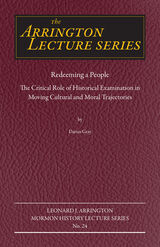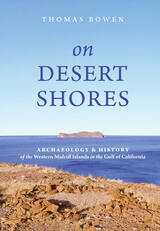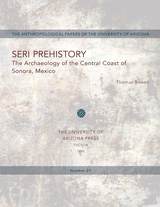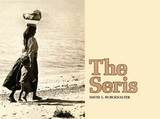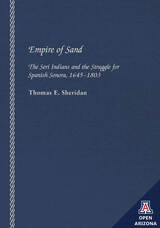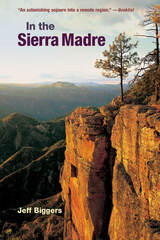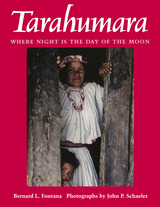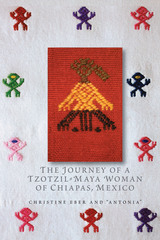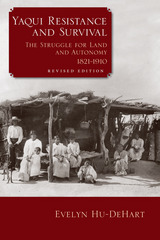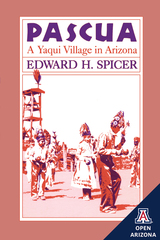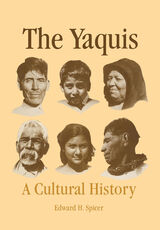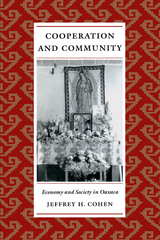Soldiers of the Virgin: The Moral Economy of a Colonial Maya Rebellion
University of Arizona Press, 1992
eISBN: 978-0-8165-4457-8 | Cloth: 978-0-8165-1293-5
Library of Congress Classification F1221.T8G67 1992
Dewey Decimal Classification 972.75
eISBN: 978-0-8165-4457-8 | Cloth: 978-0-8165-1293-5
Library of Congress Classification F1221.T8G67 1992
Dewey Decimal Classification 972.75
ABOUT THIS BOOK | REVIEWS | TOC
ABOUT THIS BOOK
In the early summer of 1712, a young Maya woman from the village of Cancuc in southern Mexico encountered an apparition of the Virgin Mary while walking in the forest. The miracle soon attracted Indian pilgrims from pueblos throughout the highlands of Chiapas. When alarmed Spanish authorities stepped in to put a stop to the burgeoning cult, they ignited a full-scale rebellion. Declaring "Now there is no God or King," rebel leaders raised an army of some five thousand "soldiers of the Virgin" to defend their new faith and cast off colonial rule.Using the trial records of Mayas imprisoned after the rebellion, as well as the letters of Dominican priests, the local bishop, and Spaniards who led the army of pacification, Kevin Gosner reconstructs the history of the Tzeltal Revolt and examines its causes. He characterizes the rebellion as a defense of the Maya moral economy, and shows how administrative reforms and new economic demands imposed by colonial authorities at the end of the seventeenth century challenged Maya norms about the ritual obligations of community leaders, the need for reciprocity in political affairs, and the supernatural origins of power.The first book-length study of the Tzeltal Revolt, Soldiers of the Virgin goes beyond the conventions of the regional monograph to offer an expansive view of Maya social and cultural history. With an eye to the contributions of archaeologists and ethnographers, Gosner explores many issues that are central to Maya studies, including the origins of the civil-religious hierarchy, the role of shamanism in political culture, the social dynamics of peasant corporate communities, and the fate of the native nobility after the Spanish conquest.
See other books on: Chiapas (Mexico) | Soldiers | Tzotzil Indians | Virgin | Wars
See other titles from University of Arizona Press

